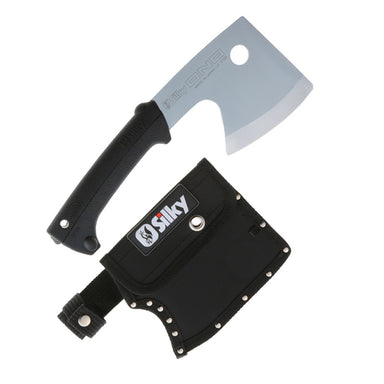

Silky
Silky | ONO | Hatchet
$124.95
Looking for a camper’s best friend? While small and compact, this feisty chunk of Japanese craftsmanship won’t let you down when it comes to cleari...
View full details
$124.95

